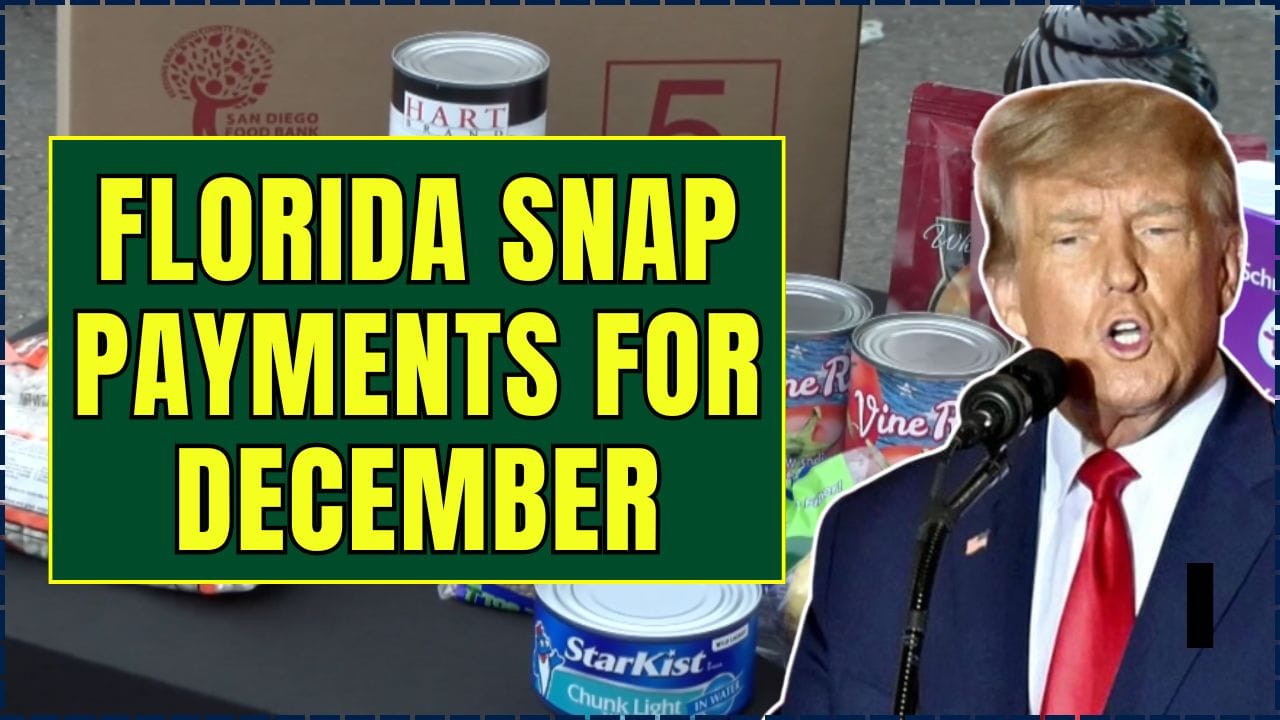Established in 2014, this initiative was a critical local implementation of the National Cohesive Wildland Fire Management Strategy, born out of necessity in a watershed facing complex and escalating fire risks.
A High-Stakes Environment: The Background of SOFAR
The South Fork of the American River (SOFAR) Watershed was proposed for the Cohesive Strategy in 2014 due to the immense values at risk. A century of fire exclusion, combined with past management decisions, had created a volatile environment. These issues were exacerbated by persistent drought, climate change, dense and unnatural forest structures, heavy fuel loading, and widespread insect and disease outbreaks.
The 410,000-acre project area, which includes 250,000 acres of the Eldorado National Forest, is a critical corridor. It contains communities, infrastructure, private timber, vital water and power systems, recreation areas, and sensitive cultural sites. The 49-mile stretch of the Highway 50 corridor within the area has seen numerous large, human-caused fires, including the Pilliken Fire (1973), Wrights Fire (1981), Cleveland Fire (1992), Freds Fire (2004), King Fire (2014), and the devastating Caldor Fire (2021). The need for a proactive strategy was starkly underscored by the 2014 King Fire, which burned 12% of the project area with high severity, demonstrating the urgent need for collaborative action.
The Collaborative Vision and Mission
The SOFAR Collaborative operated with a clear vision: “Through open and transparent collaboration among a dedicated group of diverse members, and using the best-available science, the Collaborative will promote a healthy, productive forest ecosystem across all lands.”
This vision was executed through three primary goals, mirroring the national strategy:
- Restoring and maintaining resilient landscapes: Ensuring landscapes across all jurisdictions are resilient to fire and other disturbances.
- Creating fire-adapted communities: Helping human populations and infrastructure withstand wildfire without loss of life or property.
- Responding to wildfires: Uniting all jurisdictions to make and implement safe, effective, and efficient risk-based fire management decisions.
A Broad and Inclusive Partnership
The strength of SOFAR was its commitment to inclusion, creating a foundation of good faith among its members. Participation was open to all stakeholders, from individuals and businesses to agencies and organizations. This broad coalition ensured that a multitude of perspectives informed the strategy.
Charter Signatories included:
- California Forestry Association
- Catalytic Connections
- California Native Plant Society
- El Dorado County and Georgetown Divide Resource Conservation Districts
- El Dorado County Water Agency
- Eldorado Fire Chiefs’ Association
- Eldorado National Forest
- Fire Restoration Group
- Georgetown Divide Firesafe Council
- National Wild Turkey Federation
- Northern Sierra Summer Home Association
- Pollock Pines-Camino Firesafe Council
- Sierra Club
- Sierra Forest Legacy
- Sierra Pacific Industries
Key Partners included:
American River Conservancy, Cal Fire, El Dorado County Sheriff, El Dorado Irrigation District, Pacific Gas and Electric, Sacramento Municipal Utility District (SMUD), Sierra Nevada Conservancy, The Nature Conservancy, and many others.
A Structure for Strategic Action
To achieve its goals, the SOFAR Collaborative was organized into several committees and working groups, each with a specific focus. This structure allowed for coordinated, strategic action across the watershed.
- Steering Committee: Provided day-to-day guidance, developed meeting agendas, evaluated policy options, and acted as the primary liaison for the group.
- Landscape Vision Committee: Provided technical analysis for landscape-scale projects, assisted in project design, and maintained a public archive of scientific information. This group had its own work groups focused on Desired Conditions, Spatial Needs, and Fire Response.
- Infrastructure and Biomass Committee: Assessed the region’s forest product infrastructure and provided leadership to enhance the use of biomass and other forest products.
- Community Development & Workforce Working Group: Investigated how to leverage partnerships to advance regional benefits, with a 2024 focus on identifying workforce development opportunities to help achieve SOFAR’s goals.
Since 2018, these partners have worked together to coordinate efforts in priority focus areas, making meaningful, near-term progress as part of a long-term commitment to the watershed’s health.
Enduring Impact
The collaborative framework and the progress made under the SOFAR Cohesive Strategy have left a lasting impact. The relationships forged and the strategies developed continue to inform wildland fire management in the region. The SOFAR initiative serves as a powerful case study in the power of collaboration to address the immense challenges of wildfire in the modern era, underscoring the importance of bringing diverse voices together to protect our landscapes and communities.





